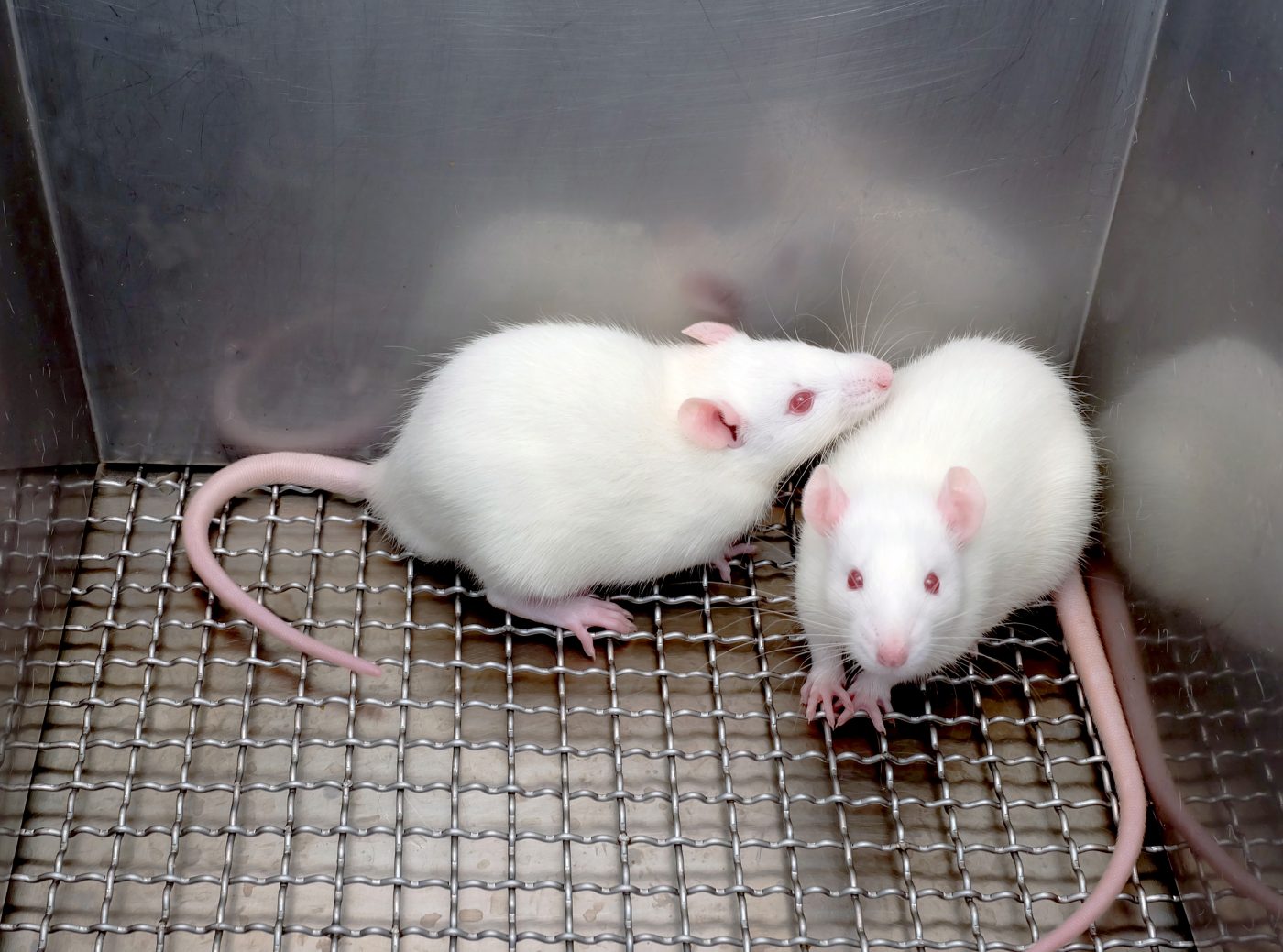Scientists Discover How to Make Better Animal Models of Parkinson’s Disease, Potentially Leading to Drug Treatments

Scientists have discovered a mechanism preventing Lewy bodies from forming in laboratory animals, allowing for the development of better animal models of the disease. This will likely speed up research into the disease and aid in the development of drug therapies.
The main feature of the brains of Parkinson’s patients is the presence of protein clumps called Lewy bodies, which are made up mainly of the protein alpha-synuclein, normally involved in the transmission of neuronal signals. But in Parkinson’s disease, the protein aggregates and forms so-called fibrils inside neurons.
After nearly a century of research, scientists still don’t know why Lewy bodies form, nor exactly how they contribute to the disease. This is largely because researchers have not succeeded in reproducing Lewy bodies in animal models of the disease, hampering research and drug development.
In humans, scientists know that Lewy bodies form when alpha-synuclein is produced at twice the normal amount, but when attempting to overexpress the human protein in mice, no Lewy bodies are formed.
Mice express three different variants of their own synuclein. The research team at the École polytechnique fédérale de Lausanne (EPFL), led by Hilal Lashuel, figured that mice synuclein variants might somehow interfere with Lewy body formation. Therefore, they produced mice that lacked either one or all three of the mouse synuclein variants.
The study, published in the journal PNAS, showed that when cultured mouse neurons were deprived of either one or all three variants, clumps similar to Lewy bodies formed when human alpha-synuclein was high. The team observed similar results when they assessed mice brains.
The study, ”Induction of de novo α-synuclein fibrillization in a neuronal model for Parkinson’s disease,” also found that the mouse variants directly interact with early forms of the human alpha-synuclein during the aggregation process of human alpha-synuclein, preventing the formation and spread of Lewy bodies.
Using this knowledge, the team developed and characterized new models of Parkinson’s disease. Lashuel now hopes that these findings will advance the development of cell and animal models that mimic features of Parkinson’s disease and aid in the development of new drugs.
“We now have a very well-characterized model that offers a powerful tool for rapid screening of molecular pathways involved in Parkinson’s disease,” Lashuel said in a press release. “But because it can also allow us to understand how human alpha-synuclein forms fibrils inside neurons and how that contributes to the progression of the disease, we can develop better drugs and intervention strategies to prevent this disease.”






